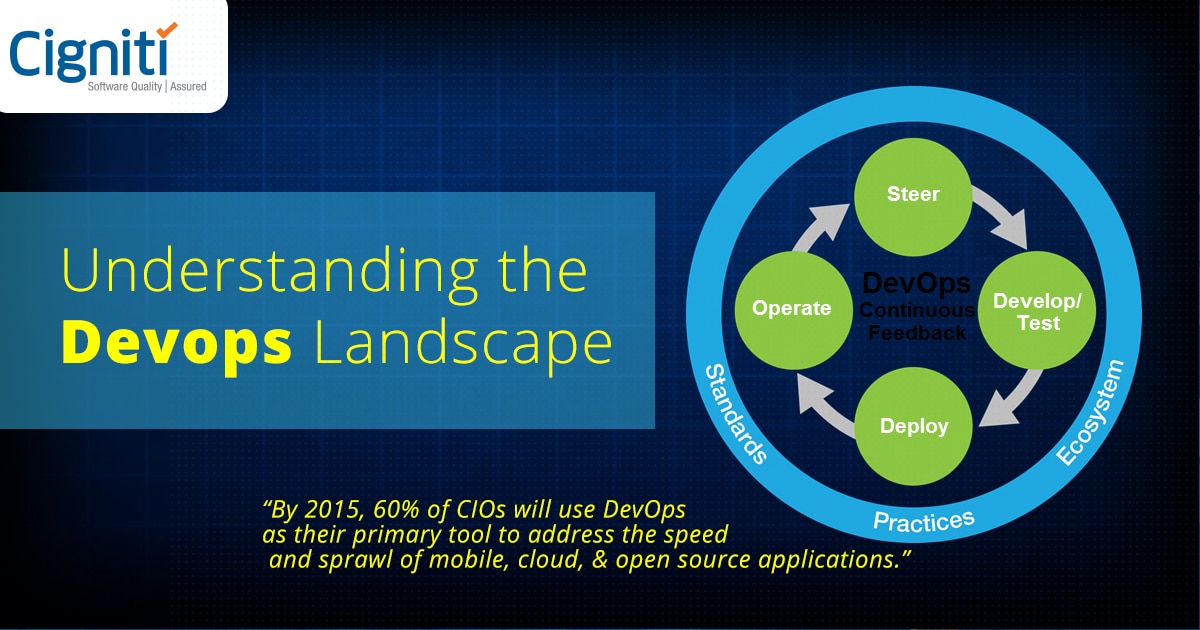Why Continuous Testing deserves more credit from the IT industry
“Digital acceleration can’t happen without better-quality software, and software testing matters more than ever for quality at speed.” This quote by the leading analyst, Forrester, cannot be more true.
While global enterprises have accelerated their digital adoption amid the COVID-19 pandemic, it is essential that they do not leave software testing out of the picture. If truth be told, software testing is what will offer a flawless end result. Without it, all the enterprises will be left with our huge amounts of wasted efforts on unaesthetic strokes and a non-appealing end picture.
When Agile and DevOps methodology were introduced, it was believed that the Waterfall practices are being left behind for good. Agile promised to bring in speed within the software development life cycle, while DevOps was supposed to enhance cross-department collaboration by eliminating silos. Together, Agile and DevOps showed the mettle to lead highly collaborative and accelerated SDLCs that would shorten the time-to-market by pushing releases into production faster than ever. Amidst all the frenzy of an exciting new way of developing software, the IT teams forgot about the most critical, yet most overlooked function – software testing. As a result, the adoption of the new and exciting methodologies failed tremendously leading to the belief among several organizations that DevOps or Agile is not for them. If only they had paid attention to the testing part.
Software testing has always been the most ignored aspect of an SDLC. There is never enough time to test, always a tight deadline, and incredible pressure from the top management to perform the releases in time. Given the situation, testing is often considered the biggest bottleneck in the SDLC, causing delay to the releases. But, what if testing could happen at the same time as development? Dev and Ops are anyway supposed to work together in a DevOps-driven SDLC, why not involve the ‘Test’ teams too? With DevOps, enterprises are building a Continuous Integration (CI) and Continuous Deployment (CD) pipeline led by automation. However, a CI/CD pipeline cannot fulfill its purpose without parallel testing, known as Continuous Testing (CT).
What is continuous testing?
In laymen terms, continuous testing means to test continuously at every stage of the software development life cycle. Continuous testing goes beyond the shift-left strategy that implied the initiation of testing early in the life cycle. Rather, it is about shifting left as well as right, implying to test everywhere. Therefore, continuous testing can be defined as a strategy to start testing early along with the beginning of the development, and then continue testing at each stage as the SDLC progresses toward the release and deployment. Continuous testing coupled with automation ensures that the developed software is always in a releasable state, excelling in terms of quality and offering visibility into the business risk coverage.
Benefits of continuous testing
The key benefits of continuous testing are:
- Early detection of defects: As testing starts early on, the defects are caught earlier.
- Continuous feedback mechanism: The ‘test everywhere’ strategy helps in creating a continuous feedback loop that allows continuous improvement in the code.
- Shorter time-to-market: When the software testing process take place in parallel to the development, significant time is saved.
- Lower costs, higher quality: Continuous testing and continuous feedback ensures higher quality code releases, which in turn reduces the overall costs of development and testing.
- Faster releases: As testing assumes the role of a facilitator, rather than a bottleneck, releases get accelerated.
- Delighted customers: A defect-free and smooth application translates into happy customers.
- Lower business risks: Lower defects and high test coverage significantly reduces the business risks.
- Higher productivity: With faster feedback, debugging also happens faster and easily, resulting in enhanced productivity.
Let’s understand the importance of test automation and continuous testing in DevOps & Agile with the help of a case study –
A leading provider of marketing services and audio visual solutions in North America, Europe, and Asia was struggling with the delayed receipt of user stories in every sprint, and when they were received, the requirements were ambiguous and unclear. The firm had multiple sprints running parallel to each other on a rigid schedule. However, as they lacked the standardized QA processes & best practices, and were working with an unstable test environment having configuration and access issues, critical defects were getting leaked into the production even after regression testing.
Implementing continuous testing helped the organization to close the gaps in their:
- Formal test life cycle: By establishing a defined test cycle and an end-to-end testing approach aligned with the software development.
- Requirement validation: By involving QA early in the requirements phase to validate them for testability
- Test coverage visibility: By using a test case template to provide detailed test cases and test requirement traceability matrix to ensure the desired test coverage
- Standard defect management: By daily triaging of the posted defects, triaging of complete backlog defects for the release, and defining processes to prioritize defects
- Visibility into testing processes and quality: By offering transparency on the daily/weekly updates about the status, quality, risks, and upcoming milestones for a given project
- Formal test summary reporting: By providing test summary reports for sprints as well as releases for gaining visibility into product quality with metrics such as Requirements Ambiguity Index, test coverage, test execution results, and defect metrics.
With the help of continuous testing practices, the organization was able to reduce their post-production defects by 40%. The standardized QA practices not only increased their test coverage but enabled them to meet their aggressive deadlines for each sprint.
How can we help
With a rich experience in DevOps testing and implementation, we enable our clients to foster an environment of Continuous Testing (CT) for integration of automated software testing with deployment and operations to improve code quality, Continuous Release & Deployment for faster time-to-market and frequency in response to business changes, Continuous monitoring to help improve quality by monitoring performance, and Continuous feedback & improvement across the software lifecycle. By doing so, we accelerate the release of applications into production, improve the efficiency and utilization of resources, and streamline the CI/CD pipeline.
To talk to one of our DevOps, CI/CD, and Continuous testing experts, schedule a discussion with us.





Leave a Reply